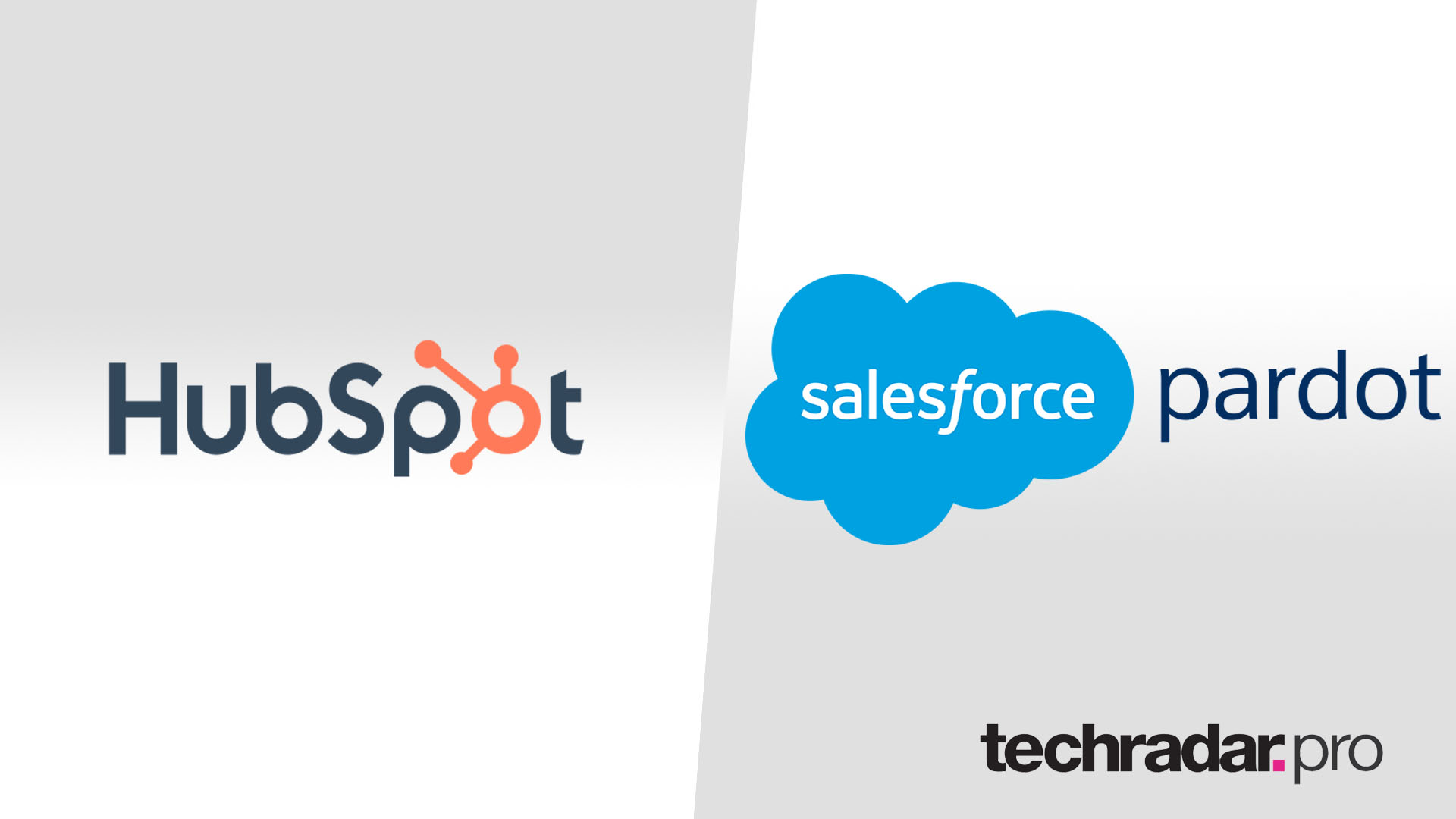5 steps to successfully implement a CRM in your business
Implementing a CRM is easy with this guide

The best CRM software delivers a vast range of benefits, heightening collaboration, boosting productivity, and, ultimately, increasing sales. However, organizations can only enjoy these benefits if they implement CRM solutions successfully.
Optimal CRM implementation is dependent on clear planning, effective strategizing, as well as strong technical and human skills. You won’t get the most from your CRM if you just install it and hope it will instantly result in your sales figures rocketing.
Successful CRM implementation is the only way to access advantages like improved communication, sales pipeline management, personalized marketing, task management, and analytics functionality. And whether you’re an enterprise, or looking for the best CRM for startups, these are the kinds of benefits that are too good to turn down - they could be the difference between business success and ending up on the corporate scrap heap.
If you want to enjoy the benefits of a successful CRM implementation, then you’re in luck. This is the article that will guide you on your CRM journey. Follow the five steps below and your next CRM project is bound to be a success.
Reader Offer: Save 18% on Monday.com annual memberships
Monday.com is an easy-to-use and customizable work management platform, enabling teams of all sizes to plan, manage and centralize work. Get started now and boost your team's communication and productivity.
Preferred partner (What does this mean?)
How to successfully implement a CRM in your business
Step 1: Outline your CRM strategy
Without a plan, your CRM implementation will be aimless. Any sort of business tool, whether it’s a cloud storage solution or top-rated CRM for insurance brokers is just that - a tool. You still need to know how to use it in order to achieve the kind of results you’re hoping for. And for that, you need a strategy.
Crafting a CRM strategy should start with outlining your organizational needs. What are your most pressing problems and needs? And what are your expectations of your CRM solution? This can be a great way of guiding you when you are selecting a CRM tool from the plethora of options on the market. There are cloud CRMs, open-source CRMs, recruitment CRMs, and many other tools with particular strengths and weaknesses. A clear strategy will give you a better idea of which one is right for your business.
Define your goals and work closely with other relevant stakeholders before you commit to a strategy. And there’s no getting around the question of money. Any strategy has to take budgeting into account and this will also play a large role in determining your final choice of CRM. Here there are a large variety of options too. There are the best free CRM platforms to choose from, as well as more advanced solutions that don’t come cheap.
Step 2: Choose your software

With your strategy defined, it’s time to check which CRM solutions are a good fit. Among the leading players, you’ll find solutions like Salesforce, Workbooks, HubSpot, and several others. Even if you’ve settled on a solution, however, there are still some choices to be made. Many programs come with multiple subscription levels and, possibly, even some add-ons to consider. The best implementation of your chosen CRM platform may depend on them.
When assessing the CRM options on the market, consider a few different factors, such as features, ease of use, support, and integrations. The last of these is particularly important, as a successful CRM implementation won’t depend solely on the platform itself, but on how it works with other solutions within your IT stack. If in doubt, remember to explore the free trial options that come with many CRMs. This allows you to get direct experience with a CRM solution before committing yourself financially, so you can gain a better idea of how the software will be implemented at your company.
Step 3: Plan your migration
CRMs depend on a reliable stream or robust data, so organizing and migrating your data to your CRM tool is essential to any successful implementation. Data migration is fraught with challenges so start by undertaking a thorough assessment of your data - what is essential and what is outdated. Then move on to tidying up your data. Clearing your data involves removing duplicates and correcting errors to provide standardization across data.
Now load up your new CRM. Map your old data fields to the new ones in your CRM to ensure everything is in the right place. But before you migrate your data wholesale, it’s a good idea to conduct a trial. Move just s subset of your data to highlight any potential issues with the migration or the data itself. Then you can move on to the final migration. But migrating your data to your CRM isn't a one-and-done thing. Carry out an audit of your CRM data at least once a year to make sure your data is reliable and relevant.
Step 4: Offer training
If you’re implementing a brand new CRM system, it isn’t fair to assume that your staff will know how to use it properly from the get-go. Prepare your team by launching training initiatives or change management programs Identify the key stakeholders that will be major users of the CRM and provide guidance and training modules to ease any concerns they may have.
Inform CRM users of any changes well in advance and tailor your training to how they use the platform. Don’t aim to explain simply how to use the system either - tell them how to get the best from it. Check the kind of customer support on offer from your chosen CRM carefully as this could make a big difference in terms of how comfortable users will feel with the tool. This is where open-source CRMs are especially useful as they are often accompanied by a community of innovators only too happy to help with questions or challenges.
Step 5: Reevaluate, test and launch

You shouldn’t get annoyed if your CRM implementation isn’t delivering monumental results from the off. It takes time for any sort of change or new program to bear fruit - and a CRM implementation is no different. Run beta tests of your chosen program and ask for feedback to see where your implementation could be approved. Then, re-evaluate the program before contemplating a full-scale launch. Keep an open atmosphere of discussion around your CRM too. Many platforms offer regular updates, so remain in contact with stakeholders to ensure any additions are wanted by your sales and marketing personnel.
Are you a pro? Subscribe to our newsletter
Sign up to the TechRadar Pro newsletter to get all the top news, opinion, features and guidance your business needs to succeed!
Barclay has been writing about technology for a decade, starting out as a freelancer with ITProPortal covering everything from London’s start-up scene to comparisons of the best cloud storage services. After that, he spent some time as the managing editor of an online outlet focusing on cloud computing, furthering his interest in virtualization, Big Data, and the Internet of Things.

